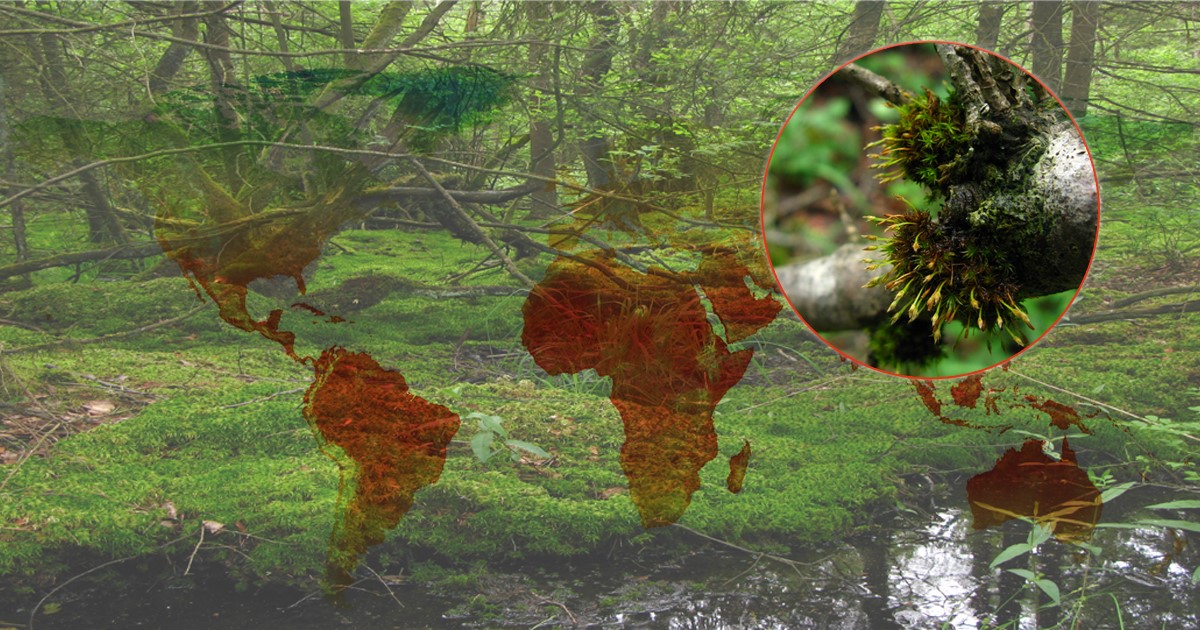Distribution of Bryophytes in a Changing World
A special issue of Diversity (ISSN 1424-2818). This special issue belongs to the section "Plant Diversity".
Deadline for manuscript submissions: 31 October 2024 | Viewed by 7306

Special Issue Editor
Special Issue Information
Dear Colleagues,
We are pleased to announce a forthcoming Special Issue on the Distribution of Bryophytes in a Changing World as an amazing and dynamic field of science.
Bryophytes are the second largest group of terrestrial plants after angiosperms, and not only for that reason, they deserve our attention. In a changing world, it is important to understand the mechanisms of change that occur, and this topic is now even more important to understand due to ongoing climate change. The ranges of individual species are changing, some are expanding, and others are disappearing, so it is important to investigate the causes and consequences of such changes. It is a dynamic field of science and despite the amazing amount of rapidly accumulating information, there are still open questions and challenges in this fascinating field. Therefore, this Special Issue is focused on those changes from a broader perspective because it is not only about changes in the occurrence of bryophytes, but also their bioindication ability, changes in connection with climate change, understanding the causes and effects of such changes, predicting the future trends and others topics related to the changing world and bryophytes.
The team at Diversity and ourselves kindly invite you to submit a manuscript focused on any of the above topics. Although specific case studies with broad implications are welcome, we encourage authors to submit large-scale and/or multi-specific studies, synthesis works, and reviews that could better enlarge our knowledge of the distribution of Bryophytes in a Changing World. If you are interested in this opportunity or have any questions, please do not hesitate to contact us.
Dr. Lukáš Číhal
Guest Editor
Manuscript Submission Information
Manuscripts should be submitted online at www.mdpi.com by registering and logging in to this website. Once you are registered, click here to go to the submission form. Manuscripts can be submitted until the deadline. All submissions that pass pre-check are peer-reviewed. Accepted papers will be published continuously in the journal (as soon as accepted) and will be listed together on the special issue website. Research articles, review articles as well as short communications are invited. For planned papers, a title and short abstract (about 100 words) can be sent to the Editorial Office for announcement on this website.
Submitted manuscripts should not have been published previously, nor be under consideration for publication elsewhere (except conference proceedings papers). All manuscripts are thoroughly refereed through a single-blind peer-review process. A guide for authors and other relevant information for submission of manuscripts is available on the Instructions for Authors page. Diversity is an international peer-reviewed open access monthly journal published by MDPI.
Please visit the Instructions for Authors page before submitting a manuscript. The Article Processing Charge (APC) for publication in this open access journal is 2600 CHF (Swiss Francs). Submitted papers should be well formatted and use good English. Authors may use MDPI's English editing service prior to publication or during author revisions.
Keywords
- bryophytes
- distribution
- climate change
- habitat suitability
- diversity
- bioindication
- population dynamics
- ecological functions
- invasion processes
- extinction processes





